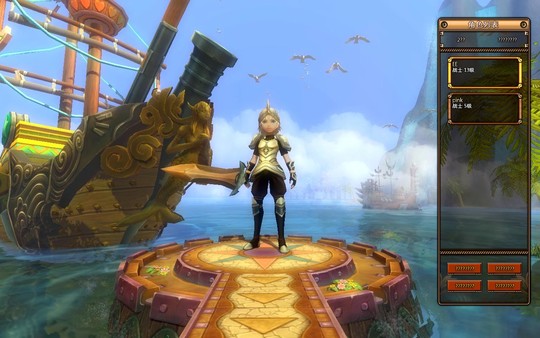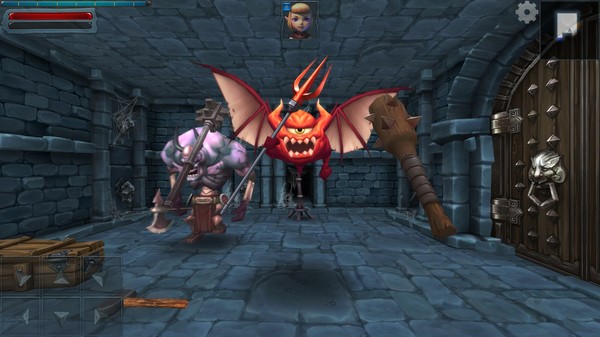
TIP 2: PUT THE DEPTH SENSORS OF THE KINECTS (THE RED SENSORS) IN THE RIGHT POSITION AND AT THE RIGHT ANGLEġ. Leave this program up and running while you do Tip 2. Put your mouse in the left viewing window and set the elevation angle to 0.Ĥ. Make sure your depth sensors are selected and click "Record Video."Ģ. TIP 1: SET THE SAME VIEWING ANGLE FOR EACH SENSORġ. TIPS FOR SETTING UP AND CALIBRATING DUAL-KINECTS FOR IPI SOFT STUDIO: Use the links below to share it widely with your friends who may be looking to create or already have a dual-depth sensor setup. Once setup, the video will show you the proper motion for your calibration board to achieve success in a short amount of time. So your free-download-with-every post is finally here! Below, you will find detailed tips to incorporate into your calibration setup and procedure for iPi Soft Studio. Since this took so many trial-and-error sessions to figure out, I thought I would create a handy reference for the motion capture community to save everyone some time. This leaves more time for capturing the actual moves. The best part about this method is that it only requires a short calibration video. In the software, this is either a "Good" or "Perfect" rating. If the cameras' actual depth sensors (the little red cameras on the Kinects) are the proper distance from you, the proper distance from each other, inline with each other, and pointed at the correct angle then you get a successful calibration each time. Luckily I found the secret to success: sensor positioning.

No calibration means no motion capture, and no motion capture means no kung-fu moves for the game! In fact, I failed miserably because I couldn't get my Kinects to calibrate in the software, iPi Soft Mocap Studio.

While this particular take was a success, the initial setup of the dual motion sensors was not. That's me in the middle standing behind and holding a big'ol white calibration board.

Some the results achieved with this app are genuinely surprising it has very little to envy the best work of some of the big releases.Do you like the digital version of me in the picture above? It is a screen shot from my new dual Kinect setup in DBG Studios for the sci-fi fighting game, Future Fighter (TM). IPi Mocap Studio is an ideal tool for indie game developers looking to experiment with something new. Instead, all that's needed is a relatively large space, some home equipment, and a little motivation. The idea behind iPi Mocap Studio is for any user to be able to access 'motion capture' technology with no need for sets or specially-designed scenes and matching outfits. Some of the game creation programs with which iPi Mocap Studio is fully compatible include: Valve's Source engine and its Film Maker application, Unreal Engine, Unity, Autodesk 3DS Max, Maya, CINEMA 4D, Lightwave, Poser, Blender. Once you have all that equipment, you can start working on your own computer. To use iPi Mocap Studio, you'll need at least one or two Kinects (the Microsoft device originally designed for Xbox 360), or between 3 and 4 PS Eye cameras, the devices created by Sony for Playstation 3. IPi Mocap Studio gives you the ability to transform motion captured by a camera into 3D character animations, which can then be exported in some of the most popular formats such as FBX, BVH, and COLLADA. IPi Mocap Studio is a specialist tool designed to help in video game design that allows users to use motion capture techniques in an everyday environment such as a home or office.


 0 kommentar(er)
0 kommentar(er)
